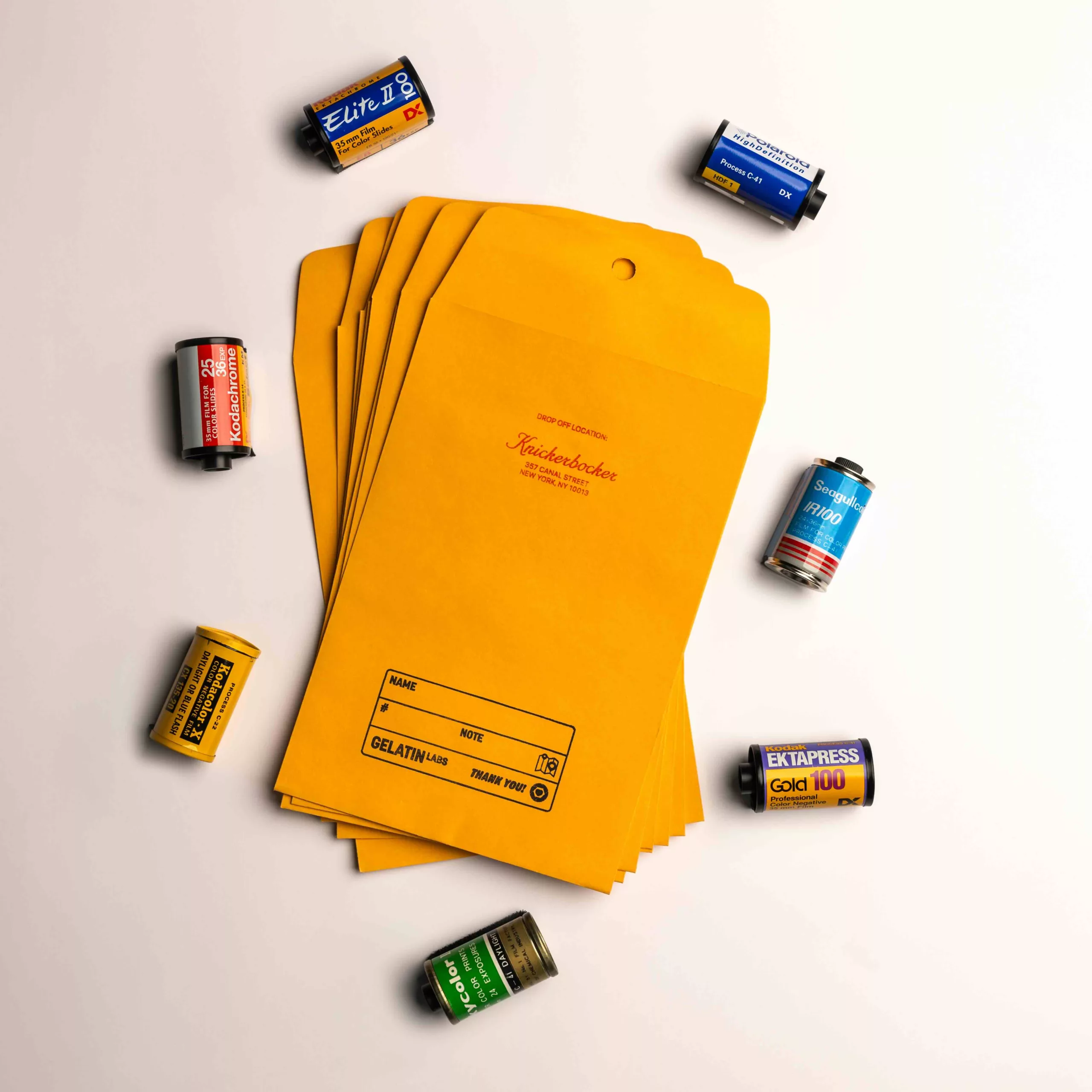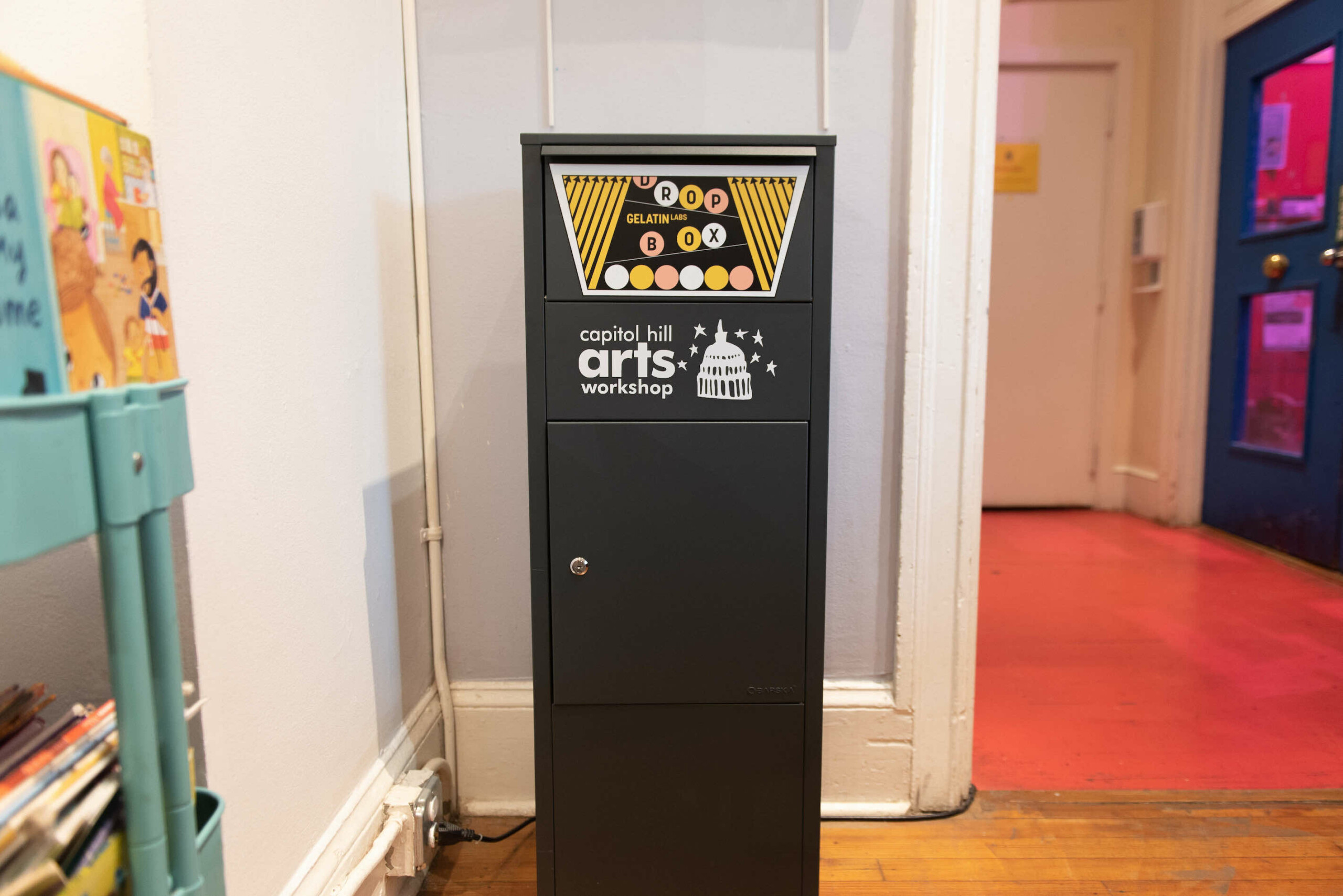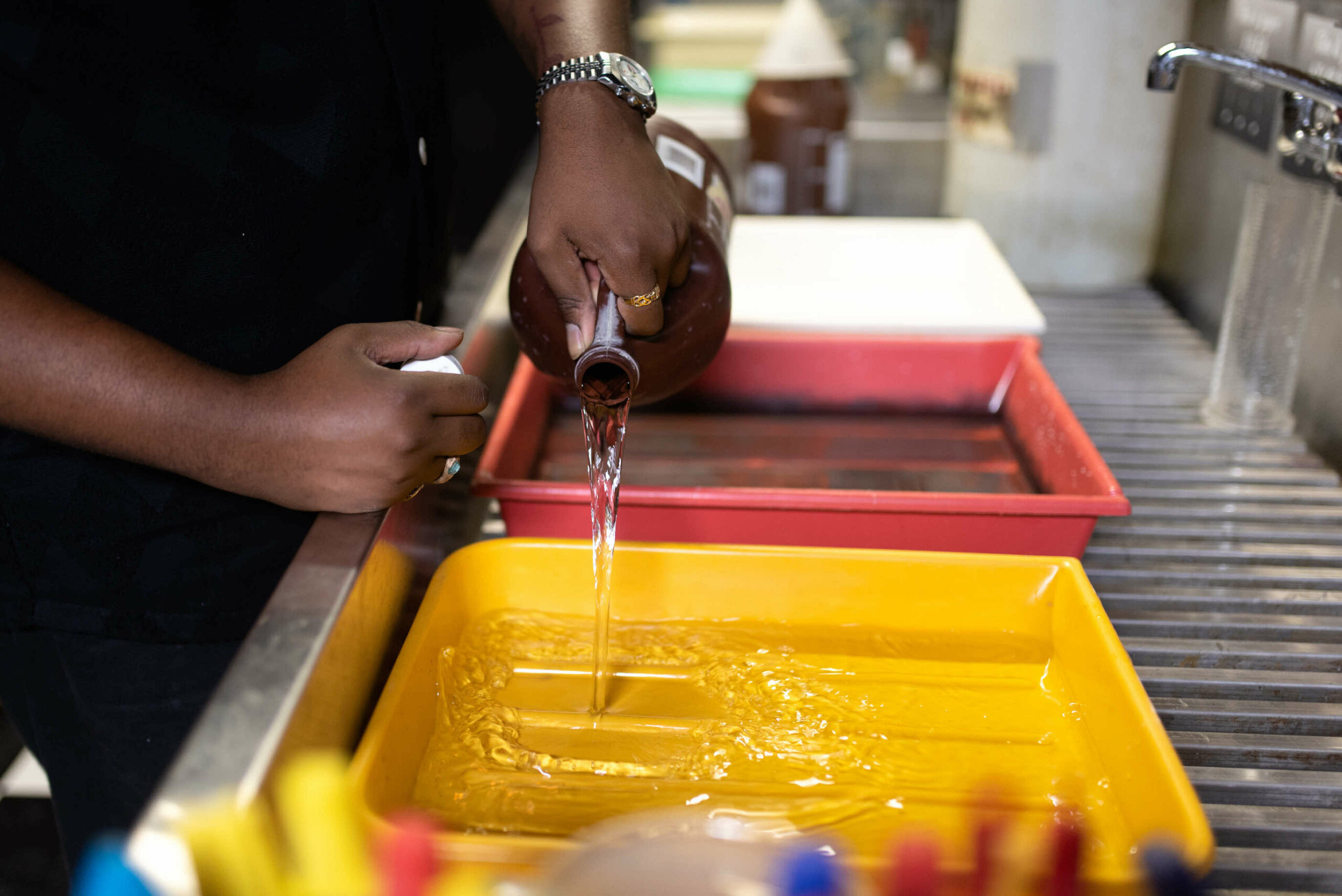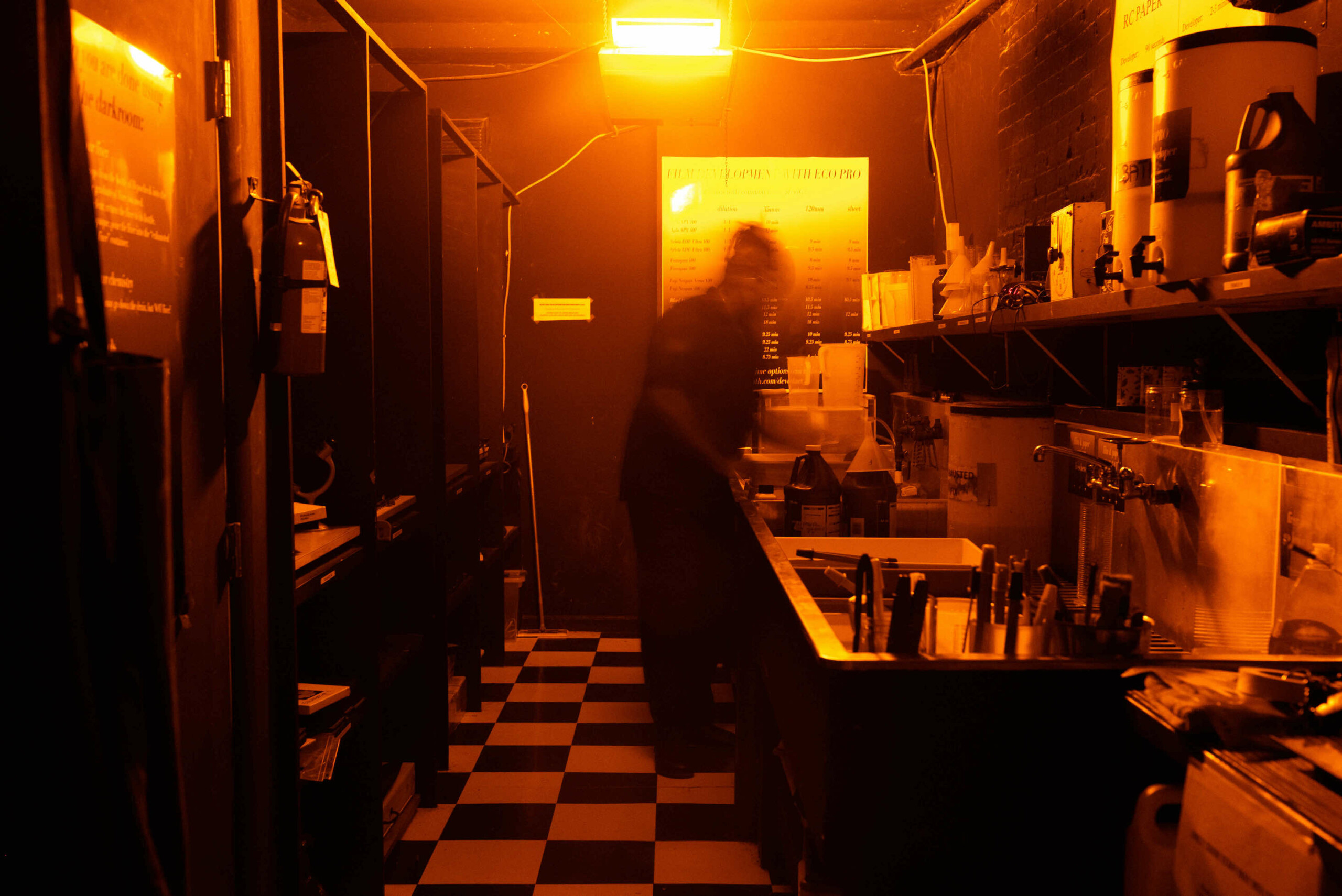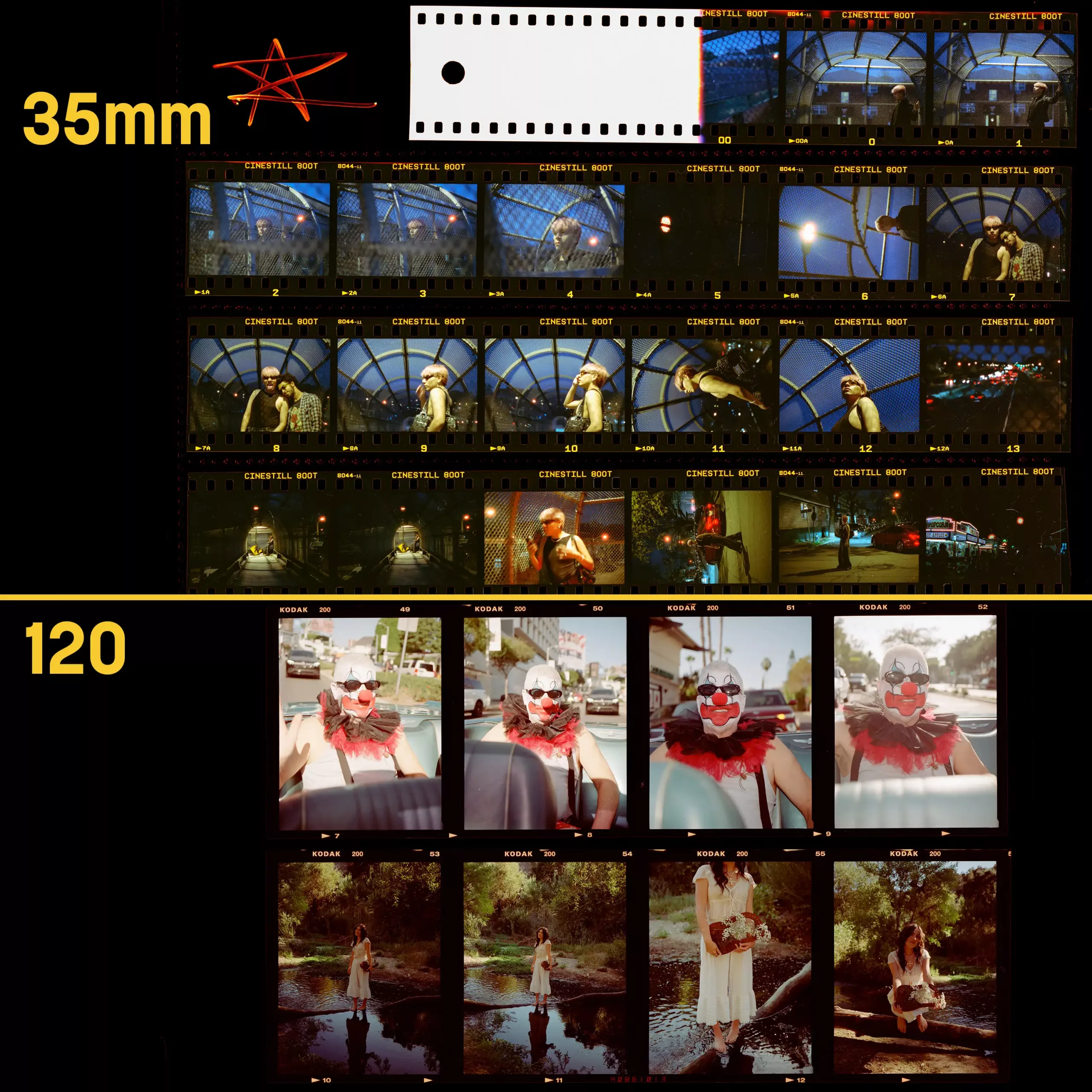Photography enthusiasts often debate whether slide film or negative film is better. Both have unique qualities that can impact your photos in different ways. Knowing the differences between these two film types is essential, whether you aim for vibrant colors or more flexible editing options. For those who value quick results, choosing the correct film can also make fast film developing much more accessible.
What is Slide Film?
Slide film, also known as reversal film, produces a positive image when developed. This means the colors and tones you see in the film are precisely as they appear in real life. This type of film is famous for its vibrant and accurate colors, making it a popular choice for nature photography.
Pros of Slide Film:
- Vivid Colors: Slide film captures colors with a richness that many photographers love. The results can be stunning, especially when shooting in bright, natural light.
- Sharpness: It is known for producing sharp images with fine details, making it ideal for capturing intricate textures in your photos.
- Direct Viewing: You can view slide films directly using a projector, which makes it easy to share your photos with others in a large format.
Cons of Slide Film:
- Narrow Exposure Latitude: It has less tolerance for exposure mistakes. Overexposing or underexposing even slightly can lead to unusable photos.
- Limited Editing: Since slide film is a positive image, there needs to be more room for editing after the photo is taken. What you shoot is pretty much what you get.
What is a Negative Film?
Negative film, on the other hand, produces a negative image when developed. This means the colors are inverted: whites appear black, and blacks appear white in the film. Negative film is more forgiving regarding exposure, making it an excellent choice for everyday photography.
Pros of Negative Film:
- Greater Exposure Latitude: Negative film is more tolerant of exposure errors. This flexibility allows you to correct underexposure or overexposure when printing the photos.
- Better for Editing: Since it captures a broader range of tones, it’s easier to adjust the final image during printing, allowing for more creative freedom.
- Easier Printing: It is commonly used for making prints, and printing from negatives is generally straightforward.
Cons of Negative Film:
- Less Vivid Colors: Compared to slide film, negative film tends to produce less vibrant and subdued colors.
- Requires Printing for Viewing: Unlike slide film, negative film cannot be viewed directly in a meaningful way. You’ll need to print or digitize it to see the final image.
Which Should You Choose?
When deciding between slide film and negative film, consider your photography goals. If you aim to capture scenes with bold, accurate colors and are confident in your exposure settings, slide film might be the best choice. However, if you prefer flexibility in editing and want a more forgiving film that allows for some mistakes, a negative film could be the better option. It’s versatile and works well for various types of photography.
Conclusion
Understanding the differences is essential in choosing the right one for your photography needs. Each has its strengths and weaknesses, depending on your goal. Remember, if you’re unsure or need expert help, a film development lab can guide you in making the right choice and ensuring your photos are developed perfectly.






